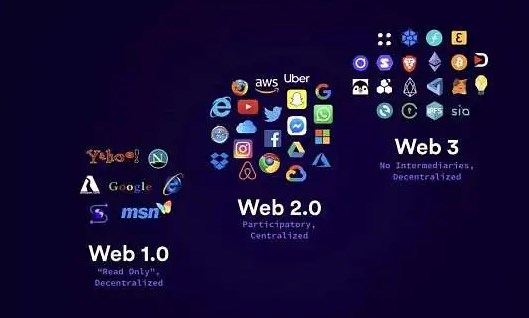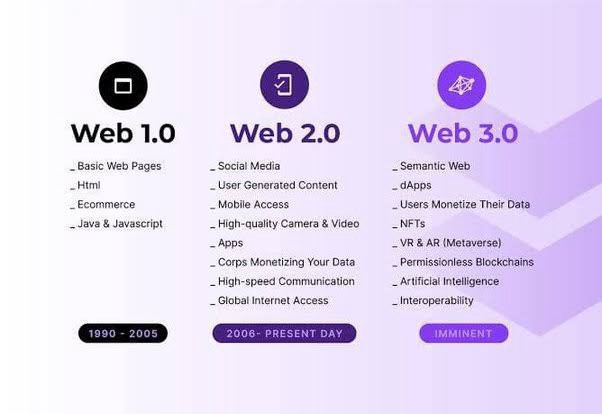What is Web 3.0 and how it will transform the digital era


With the advent of NFTs and metaverse, the term Web 3.0 is also increasingly gaining importance, but it isn’t a completely new phenomenon.
It was created in 2014 by Gavin Wood, Ethereum’s co-founder. Web 3.0 is referred to as semantic web by Tim Berners Lee for its potential to transform internet experience by directly engaging with users, devices, and systems in smart homes, smart vehicles and workplaces.
* Web 2.0 was an advanced version of Web1. 0.
* Web 2.0 basically meant the change from static to user-generated content and also the growth of social media where users can interact with each other.
* Examples include applications like Google Maps, Google Docs, YouTube, WordPress, Facebook and Twitter.
What is Web 3.0?
* The three crucial foundations of Web 3.0 are Artificial intelligence ( AI), IoT(Internet of things), and blockchain technology.
– Blockchain will help in achieving decentralized data storage and foster faith in the virtual world.
– AI will help in decoding and filtering online data and offering the most relevant choices to users.
– IoT will help the interoperability layer of Web 3.0 to connect the internet to smart devices.
* It has been created to provide better and relevant internet experience by interpreting the digital footprint of users continuously.
An example of this kind of experience is when a user comes across related items on e-commerce platforms like Flipkart that shoppers with similar purchase profiles have bought.
– However, the above approach benefits the internet controlling agencies and makes them the owner of the users data which is then sold to third-party advertisers.
– The private data of the users are misused.
* Web 3.0 would reverse the current mechanism and make the users sole owners of their data and give them the due compensation in lieu of their internet data. It is similar to NFTs that give the users ownership of the unique digital art they purchase.
– Semantic web will make sharing of personal information optional for every user.
* The Web 3.0 users would also get relief from unwanted and unskippable advertisements and pop-ups.
– The users in Web 3.0 would be able to control the number of ads they want to see and will be compensated accordingly if they don’t want to see ads at all.
How will Web 3.0 transform the digital era?
* Web 3.0 has the potential to usher in a consumer-centric future web which is open-source and focuses on privacy and security.
– It would enable exchange of data and value on peer-to-peer infrastructure between machines and users.
* Besides this, the semantic web would bring in many other possibilities, like decentralized autonomous organizations (DAOs), global-scale decentralized autonomous companies (DACs), self-sovereign identities, and decentralized data marketplaces.
* It will change in a major way the way humans and machines interact by allowing trustless data transfers, automatized, cryptocurrency-based payments, and easy ownership transfers.
* Currently, Ethereum is leading the foundation of many emerging Web 3.0 applications, called as decentralized applications( dApps).
– Ethereum hosts these dApps on user-operated nodes on the blockchain, that allows anyone to use them without the need to monetize data of the users.
– Dapps cannot be blocked or their access can’t be controlled by any central authority.
